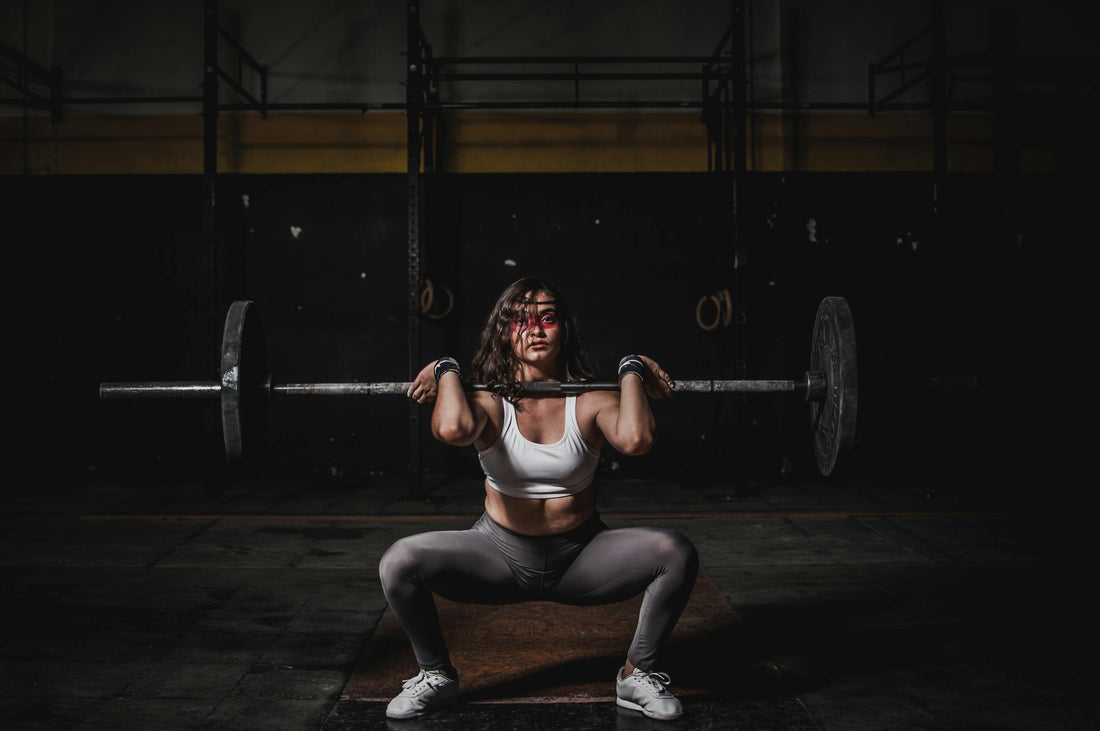
Understanding Squat Training and Its Impact on Your Body
Share
Squats are one of the most popular and effective exercises for building strength. They work multiple muscle groups, improve mobility, and even benefit your heart and metabolism. But have you ever wondered how different squat routines affect your body’s energy use and heart health? A recent study explored this by comparing two types of squat training and measuring how they influenced energy expenditure, oxygen consumption, and heart rate in healthy young adults.
Why Squats Matter
Squats don’t just build strong legs. They also improve balance and help you perform everyday activities like climbing stairs or getting up from a chair. Because they engage large muscles, squats increase calorie burn and support overall metabolic health. This makes them a smart choice for people looking to boost fitness, maintain mobility, or manage weight.
What Did the Study Look At?
Researchers tested two squat routines:
- High-Intensity, Low Reps: 12 repetitions at 75% of one-repetition maximum (1RM)
- Low-Intensity, High Reps: 30 repetitions at 50% of 1RM
Participants performed three sets of each routine. During the exercise, researchers measured:
- Energy Expenditure (EE): How many calories were burned
- Oxygen Consumption (VO2): How much oxygen the body used
- Heart Rate (HR): How hard the heart was working
- Movement Speed (Velocity): How fast the squats were performed
Key Findings From the Study
The study found some interesting trends:
- Energy and Oxygen Use Changed Over Time: Both energy expenditure and oxygen consumption increased slightly as sets progressed. This means your body continues to work harder even within the same workout.
- Heart Rate Went Up Gradually: Heart rate increased across sets, especially during the high-rep, lower-weight routine. This suggests endurance-style squats may give your heart a stronger workout.
- Speed Dropped as Fatigue Set In: Movement speed slowed as sets went on, which is normal because of muscle fatigue.
What Does This Mean for You?
These findings have practical takeaways for anyone who trains:
-
Choose Based on Your Goal:
- If you want to build strength, go for heavier weights with fewer reps.
- If you want to boost endurance or calorie burn, try lighter weights with more reps.
- Expect Changes During Sets: Your body becomes more efficient as you exercise, so your breathing and heart rate may stabilize over time. This is a good sign of adaptation.
- Watch Your Form: Fatigue can cause sloppy technique, which raises injury risk. Focus on quality over quantity.
Tips to Maximize Benefits
- Warm Up Properly: Start with light movements or cycling to prepare your muscles.
- Progress Gradually: Don’t rush to heavy loads. Build strength step by step.
- Track Your Performance: Note changes in heart rate and perceived effort. This helps you monitor progress and avoid overtraining.
- Listen to Your Body: If you feel dizzy or overly fatigued, take a break.
The Bottom Line
Squats are powerful for both strength and overall health. Whether you choose heavy-and-low or light-and-high depends on your personal goals. Both approaches improve fitness in different ways, and combining them can give you the best of both worlds. Always prioritize proper technique and consistency for long-term success.
